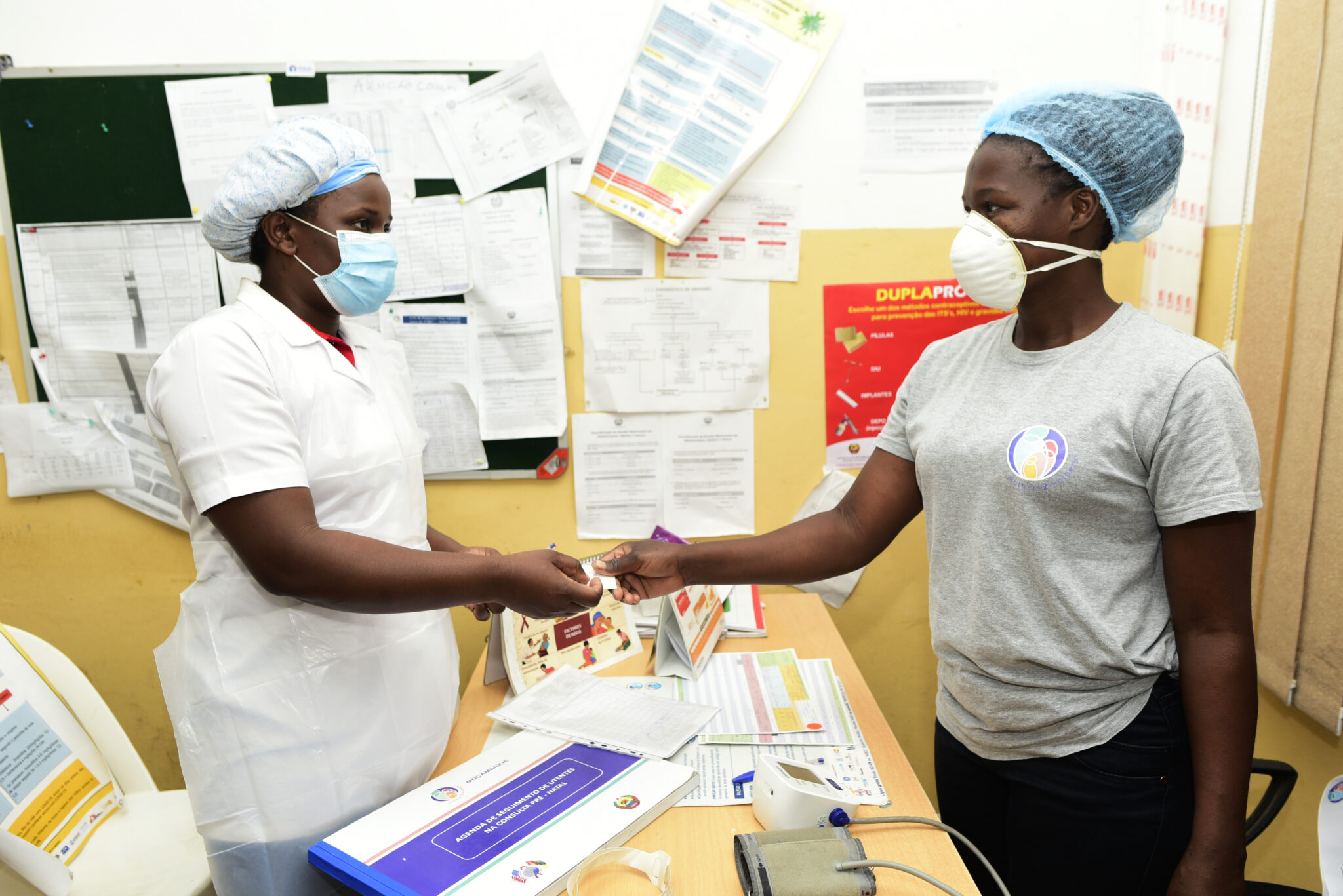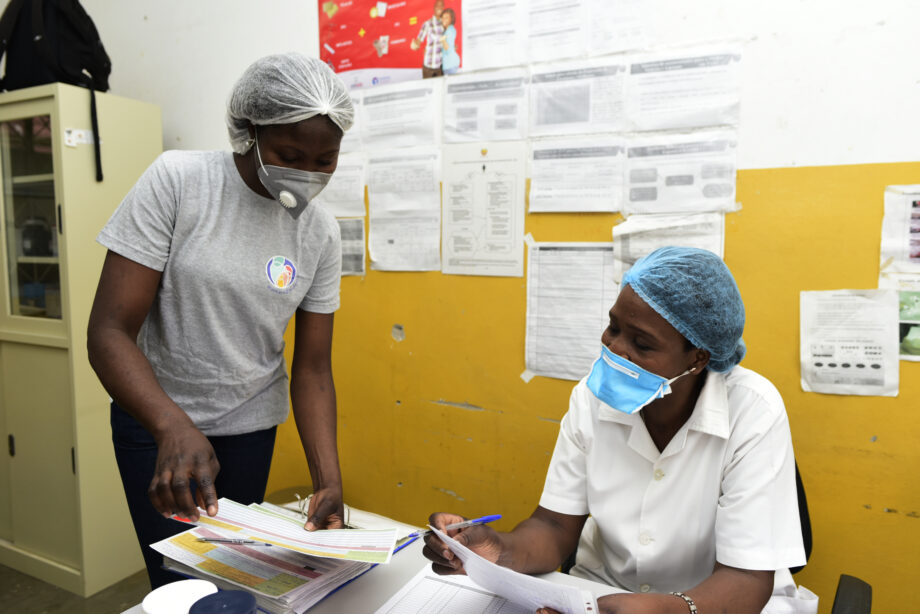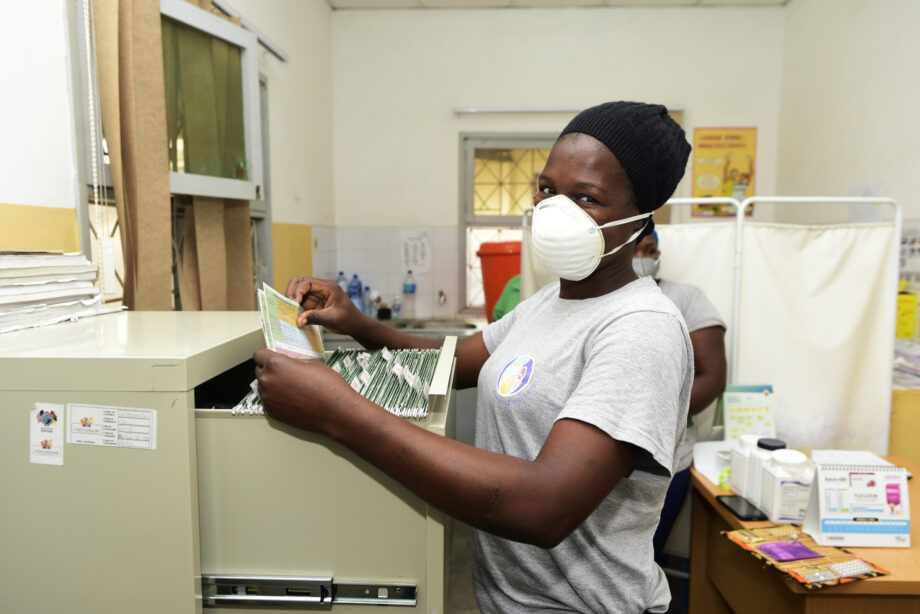
How COVID-19 has affected the global health financing landscape
By Kathryn Cassibry, LGT Impact Fellow at mothers2mothers, Mozambique
As an LGT Impact Fellow for the 2020-2021 intake, it’s quite difficult to write on any topic that doesn’t revolve around COVID-19. Given that it’s permeated everything in our lives for the past year, I think I’ll join my colleagues in writing about my fellowship experience in the context, and inseparable from the impact of, a global pandemic.
First and foremost, I’m writing this not from Maputo, Mozambique, where I’m meant to be carrying out my role as Partnership and Fundraising Officer with the HIV/AIDS prevention NGO mothers2mothers (m2m), but from Lisbon, Portugal, where I’ve been riding out the pandemic since the start. Visas can be a tricky thing to secure in the most normal of times, but with government lockdowns and travel restrictions, it has been nearly impossible. I can’t complain too much to be in sunny Lisbon, but I do hope to join my team in Maputo before the fellowship comes to an end.
The global health financing landscape has certainly evolved over the past few months I’ve been working with m2m. Once the pandemic hit, much of global health funding was diverted toward emergency response, for obvious reasons. m2m also kicked it into high gear, creating an Emergency Response Fund aimed at scaling up response efforts, adapting services, ramping up investment into digitization, and protecting the frontline team serving as “essential workers.”
While m2m was able to lessen the worst of COVID-19’s potential threats on their programs due to their decades of experience fighting the HIV/AIDS pandemic and close ties to the communities they serve, global health as a whole was greatly impacted. Diagnosis and treatment of tuberculosis has suffered a 12 year setback over the past year, for example, and a 25% drop in coverage in essential health services for women and children in the developing world has created a “secondary health crisis.” (source: Devex)
Fortunately, in Mozambique, the scale-up and uptake of HIV treatment programs have grown across all age/sex bands, most significantly among young adult women and young men, despite there being more COVID-19 cases country-wide now than at any point in 2020 (source: PEPFAR Oversight Accountability Response Team, Q1, 2021). Still, ongoing armed conflict in the northern part of the country has displaced nearly 700,000 people, disconnecting them from essential services and rendering them particularly at risk of contracting COVID-19. mothers2mothers has been working with internally displaced adolescent women and young girls under UNICEF funding to help facilitate HIV care and treatment and other essential health services, but there is still a long way to go.
Meanwhile, other global changes have rocked the fundraising world as well. Brexit, and the concurrent decision to merge the United Kingdom’s Department for International Development (DFID) with the Foreign and Commonwealth Office (FCO), has significantly changed the way the UK disperses development funding. Prior, DFID was considered a leading independent agency priding itself on transparency, openness and value for money in international development. Now, it seems clear that the agenda will be driven by trade and diplomacy.
On a positive note, the United States of America, which is the largest contributor to the global HIV response, has lifted the ‘Global Gag Rule,’ a Reagan- and then Trump-era mandate forbidding U.S. government funds from going to organizations that “perform or actively promote abortion as a method of family planning.” This is a clear positive for sexual and reproductive health across the globe and means that organizations like m2m can being integrating SRH and HIV services. It also frees up about $7.3 billion in U.S. global health funding and opens up the funding door to organizations like the United Nations Population Fund (UNFPA) (source: Devex)
On a more micro-level, the way fundraising is conducted has changed quite significantly as well. Part of my role at m2m is to diversify our funding streams and expand our partner base. Relationship building is a huge component of this, which can be quite difficult in a world where networking is relegated to online events and introductory donor meetings are conducted with dodgy WiFi and questionable greenscreen Zoom backgrounds. On the other hand, I have found that it’s a uniting topic – no matter where you are in the world, you have conversation fodder for the first few minutes. It unites us all!
All this being said, my experience at m2m so far has been all about looking for opportunities. By the time I started in August 2020, mothers2mothers had already landed on their feet and were looking toward new horizons. The Mozambique program, in particular, is growing exponentially, expanding into different programmatic areas and increasing our reach into new regions. In my six months at m2m, I haven’t yet experienced any shortage of opportunities to explore or relationships to begin building.



